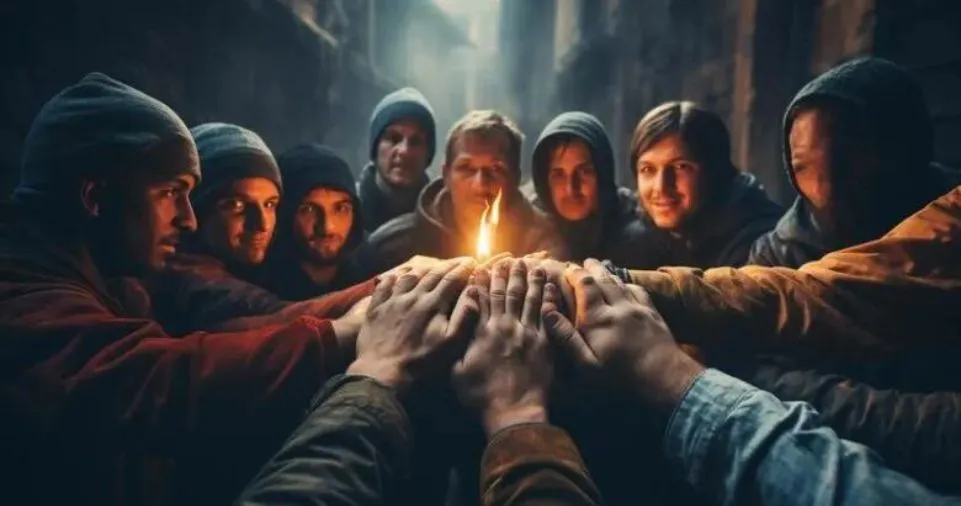Why human gathering cults continue to attract adherents in this day of ubiquitous digital connectivity is a mystery.
The path of those seeking membership often takes surprising detours, whether it’s via historical mysteries or contemporary expressions.
Understanding the Fascination
Claims of community, purpose, and belonging are powerful draws for humans, and people gathering cults, which are sometimes cloaked in controversy and mystery, play to these desires. What, however, compels people to seek refuge with these mysterious communities?
Exploring Human Nature
An inherent need for belonging is fundamental to the human condition. We have a common need for belonging with people from all walks of life, from prehistoric tribal cultures to modern social systems. Our identities and decisions are shaped by this innate drive to connect with others.
The Evolution of Cults
Different cults have emerged at different points in history, mirroring the societal and cultural milieu in which they emerged.
Such communities, whether they are self-help organizations or historic religious sects, provide a feeling of stability in a chaotic world.
Anatomy of Human Gathering Cults
Differentiating features and recruiting strategies are hallmarks of people gathering cults, which are characterized by charismatic leaders and loyal followers.
These organizations have considerable control over their members due to their charismatic leaders and brainwashing tactics.
The Allure of Belonging
Cults entice many people because they provide a sense of belonging and individuality. When it comes to popular culture, finding a feeling of purpose and belonging may be difficult in today’s fractured world. These organizations provide just that.
The Dark Side Unveiled
But there’s a darker truth lurking behind the surface of friendship. Tragic outcomes are common outcomes of the manipulation, coercion, and psychological warfare that is used to keep members under control.
Case Studies: Insights into Cult Dynamics
A sobering reminder of the risks presented by cults may be found in the Jonestown Tragedy and the Heaven’s Gate Incident. We learn a lot about the group dynamics in action from these case studies.
The Journey to Recovery
Getting out of a cult is harder than you think. Overcoming the trauma of indoctrination and manipulation need bravery, support, and psychological rehabilitation.
Shedding Light on Prevention and Awareness
To avoid becoming a victim of a cult, education is key. Individuals are empowered to make educated decisions and reject deception when we recognize warning flags and refute falsehoods.
Breaking the Stigma
We can help survivors recover from their experiences with cults and reduce the stigma associated with them by increasing awareness and providing them with assistance.
Navigating the Maze of Human Gathering Cults
Being vigilant, compassionate, and truthful are essential qualities to possess in a society where belonging is both an essential need and a potential threat. Successfully navigating the complex web of human gathering cults calls on these qualities.
Conclusion
The phenomena of people gathering cults deserves further investigation because to its complexity and multidimensionality. Many people face serious risks and hazards when they join these organizations, but they also provide a feeling of community and purpose.
Nevertheless, we can build a more caring and secure world where people are free to be themselves, seek genuine connections, and live out their beliefs if we bring attention to prevention and awareness, encourage understanding and support, and give people the tools they need to make informed decisions.

